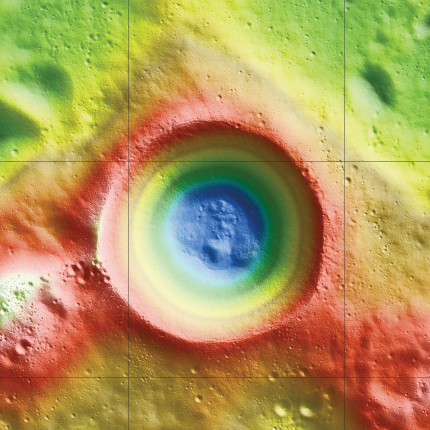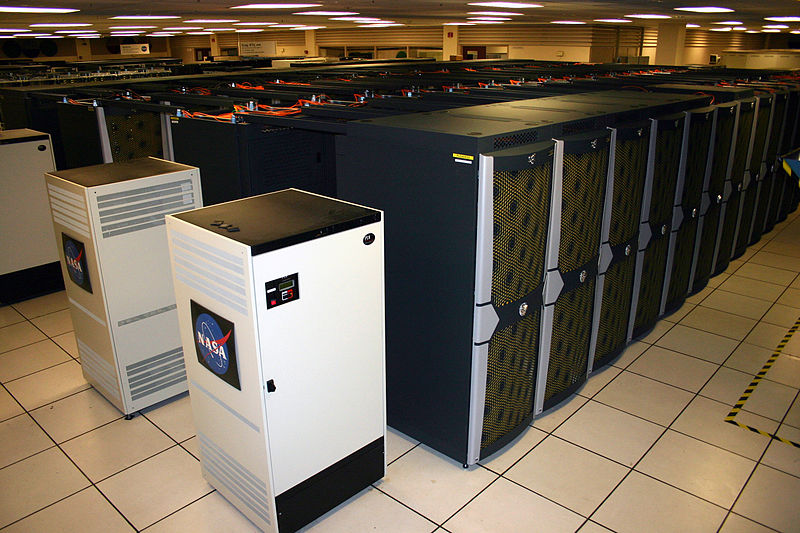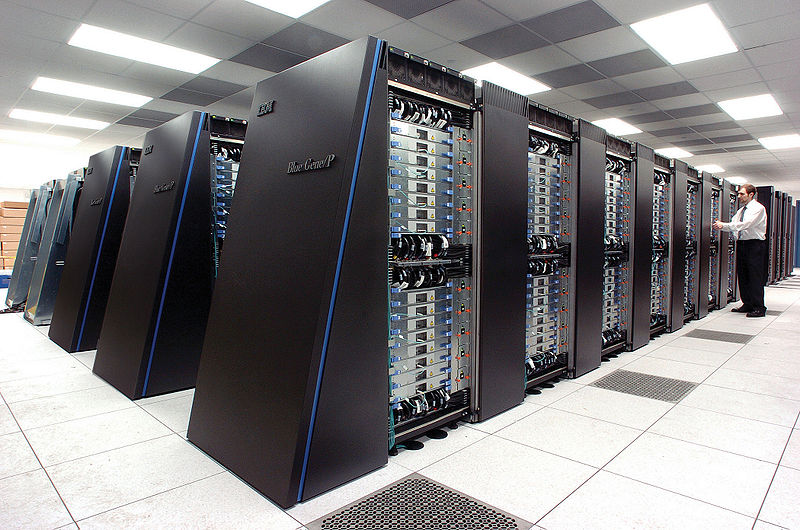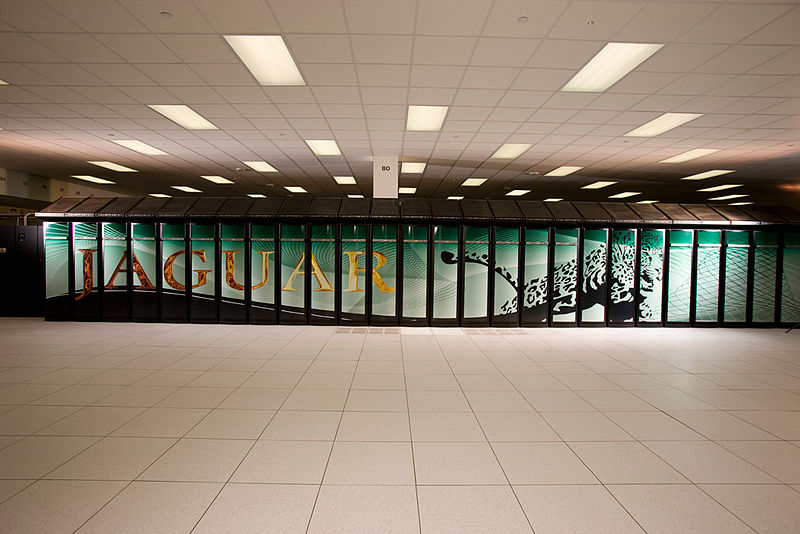 | |
|  |
|
|
| |
| Asteroid Mining, Moon Ice, #1 Supercomputer | Jun 23, 2012 7:40 AM PDT | url |
| | |
Added 2 new A* pages:Did you know there's an asteroid mining company? It's still pretty much speculative I guess (they like to say there are 1,500 or so asteroids as easy to get to as the Moon, so I guess their plan is supposed to be to mine near-Earth asteroids), but it's backed by some of the biggest big-wigs from Google, with some brains from NASA people, so I dunno if I'd be against Planetary Resources one day cornering certain heavy metal markets with lucrative space hauls. :P
~~~~~~~~~~~
NASA just announced that a detailed study of Shackleton crater, a 12 mile deep and 2 mile wide crater at the Moon's south pole, has revealed the presence of more ice than previously seen on the Moon—they think that ice may make up as much as 22 percent of the crater's surface. They didn't say what kind of ice, though, and a Yahoo blogger seems to have assumed they meant water ice and went off on what a find this is for the possibility of colonization and so forth. Well, they didn't indicate ingredients; their study with the cameras on the Lunar Reconnaissance Orbiter just showed unusually bright areas, which are assumed to be ice of some kind.
Here's a simulated overview of the crater, constructed with laser-measured altitude data from the LRO:
video on Youtube
Here's a neat simulation they made showing how little light gets into the crater—this time-lapse rendering covers the month of June:
video on Youtube
Here's the pretty altitude map they constructed from the LRO's laser altimeter data:

image by NASA/Zuber, M.T. et al., Nature, 2012 (source)
~~~~~~~~~~~
NASA also just announced that they upgraded their Pleiades supercomputer to make it 14% faster—it can now calculate at a sustained 1.24 petaflops. They talk about what a big deal that is, and, granted, that's pretty fast considering that the fastest PC GPU (which are more single-purpose, so clock way more FLOPS ("floating-point operations per second") than say your computer's main CPU) is still only in the single-digit teraflop range, ie 1000 times slower (and less flexible) than Pleiades, which is this huge system weighing in with more than 100,000 processors

image by Marco Librero, NASA Ames Research Center (source)
at NASA Ames Research Center near Mountain View, California, but the fact is that Pleiades isn't even among the top 10 fastest supercomputers—hm although it's *just* shy of the number 10 spot by .03 Pflops. Four of the top 10 are using IBM's Blue Gene/Q architecture; the new number one, IBM Sequoia at the government's Lawrence Livermore National Laboratory, has just been fully deployed this month, and has clocked an impressive 16.324 Pflops already, nearly 6 Pflops faster than the Fujitsu-engineered "K Computer" in Japan. Third spot is the Blue Gene/Q-powered "Mira" at the US's Argonne National Laboratory outside Chicago; Wikipedia doesn't have a picture of that, but maybe it looks something like this older Blue Gene/P model, deployed there in 2007:

image by Argonne National Laboratory (source)
And the other top-10 at a US National Laboratory is the sixth-place Jaguar, mustering just under 2 Pflops, at the Oak Ridge National Laboratory in Tennessee, and interestingly enough it's a Cray machine—I always remember "Cray supercomputer" being talked about as the big thing in ultimate computer power when I was a kid. It isn't the ultimate these days, but it does look pretty racy:

image by US Government (source)
(And not to be confused with the mostly unsuccessful Atari Jaguar video game console from the early '90's—64 bits! "Do the math!" :o)
All of the top 10 are running Linux, which I guess is probably no surprise to people who know fancy computers.
(I have my PS3(s), when on and idle (mostly in winter, since this helps heat my apartment and is too hot to do in summer :P), participating in Stanford's Folding@home distributed computing project, running protein folding simulations, (supposedly :p) for disease research; Folding@home was "the first computing project of any kind to cross the 1, 2, 3, 4, and 5 native petaFLOPS milestone," and is currently running at about 5.6 Pflops, thanks to thousands of networked private PCs and computer consoles participating in the project.)
|
·····
|
|
|
